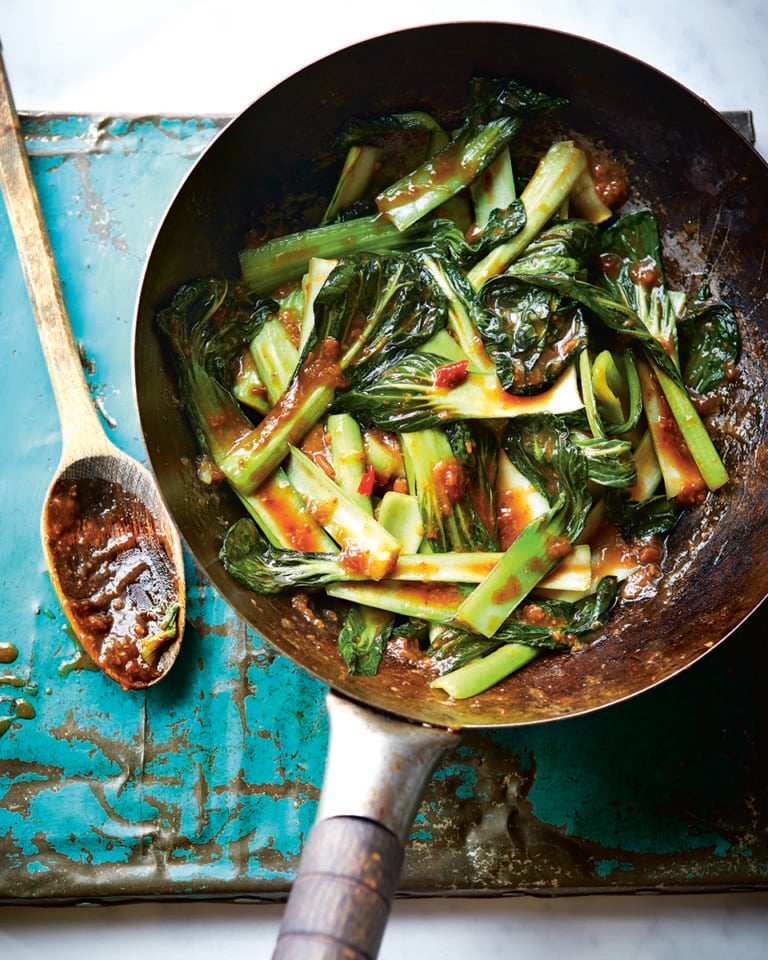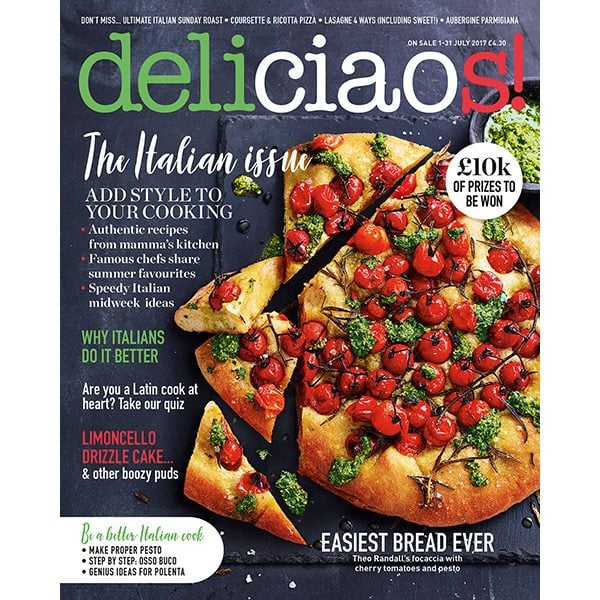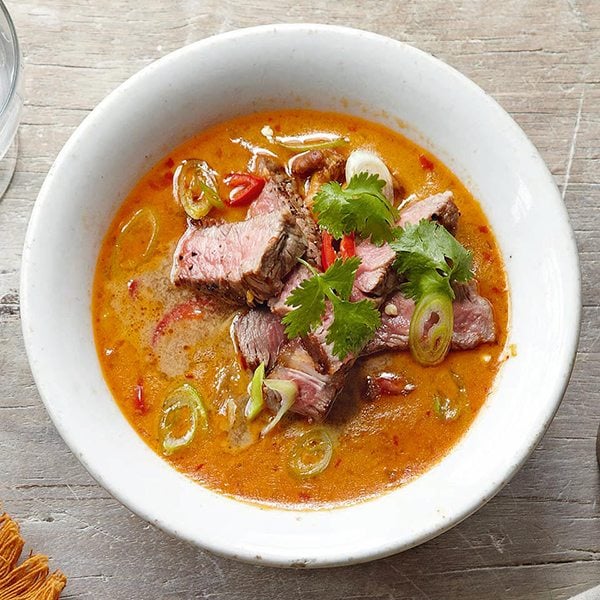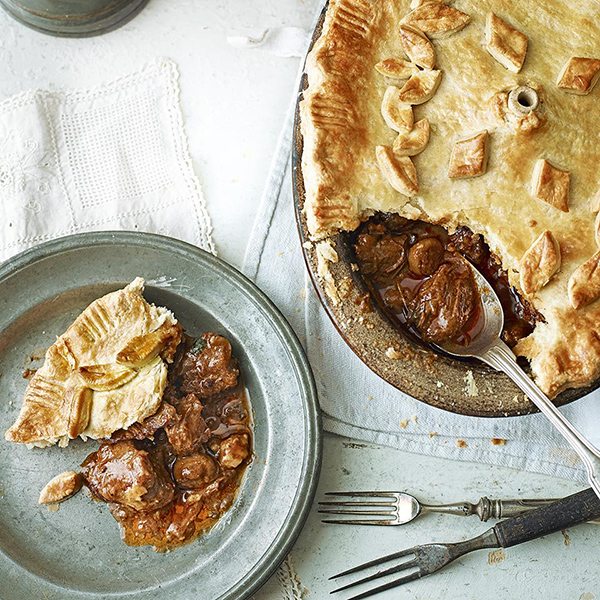Don’t mention the ‘A’ word!

July 2017
Well travelled food and drink writer Kay Plunkett-Hogge has eaten everywhere from Albania to Zambia and appreciates good cooking wherever she finds it. But ‘authentic’ cooking? Nah, you can keep it, thanks.
When we proposed an Italian-themed issue of delicious. we knew there would always be someone questioning whether the recipes will be ‘authentically’ Italian. That word. The ‘A’ word. I can’t actually stand it. The other day (and not by the lovely people at delicious.), I was asked to write about ‘authentic Thai food’. Authentic Thai food? As opposed to what? Ersatz Thai food? Fake Thai food? And if the latter, what would that be?
I was once, for example, served a yum (salad) in a restaurant in Hua Hin that was made with Plumrose tinned sausages. Since it was served in Thailand, made by a Thai cook in a Thai restaurant, does it qualify as ‘authentically’ Thai? Or does the use of tinned sausages somehow render it… something else?
Applied to food, the word ‘authentic’ isn’t just irritating – spectacularly so – it’s also meaningless. I often feel, whenever I see the word on a restaurant sign, that the place in question protests too much, so much bad food have I been served under the ‘authentic’ banner. But the problem goes further. It’s often employed alongside a particular form of food fascism that tries to decree there’s only one way to make a particular recipe.
Who are the self-appointed people who decide what is and isn’t authentic? And to what end?
Everyone, everywhere, makes their version of whatever differently because of the way they learned a recipe, or because it suits their own particular taste, or because of having to make do with the ingredients they can find. And yet there are voices that claim if you don’t grind your own curry pastes or squeeze your own coconut milk you’re somehow doing it wrong. Or inauthentically.
This is pure-grade, high-octane, shiny, patent-leather b******t.
It’s akin to saying that if I haven’t milked the cow and skimmed the cream myself, then somehow my ice cream recipe is wrong. Or that my mum’s steak and kidney pie, made with an Oxo cube, is also wrong.
This determination to prescribe how to make a dish ‘authentically’ stands in the way of progress, of evolution, which is vital to any cultural activity. Unless you’re engaged in something a bit science-y (making a cake rise, making mayonnaise emulsify…) there is no single way to make anything. And to imply there is works against everything food and cooking should stand for: inclusivity, sharing, enabling.
The word ‘authentic’ as applied to food exists to serve two dastardly purposes. The first is to excuse bad food: “We’re an authentic [insert cuisine] restaurant and, because we’re telling you we’re authentic we can cut all kinds of corners, safe in the knowledge you’re too dumb to notice.” The second is to exclude: “Well, if you don’t do it this way, you’re not doing it right (so you can’t be in our gang).” On both counts, may I refer you to the very short paragraph above, the one with the naughty word in it…
Rather than wanging on about ‘authentic’, surely it would be better for us to speak about ‘good’. Because, ultimately, that’s all we really want. Isn’t it?
Kay Plunkett-Hogge’s new book is Aperitivo: Drinks and Snacks for the Dolce Vita (£15.99; Mitchell Beazley).
Subscribe to our magazine
Food stories, skills and tested recipes, straight to your door... Enjoy 5 issues for just £5 with our special introductory offer.
Subscribe
Unleash your inner chef
Looking for inspiration? Receive the latest recipes with our newsletter


